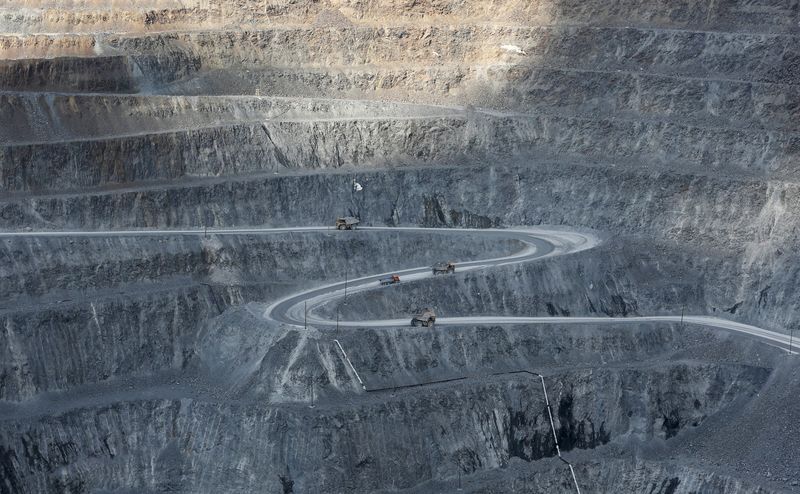Gold prices slid below $4,000/oz amid profit-taking on Gaza ceasefire
Investing.com -- A looming recession spells more pain for most metals and mining stocks, according to Barclays (LON:BARC) analysts, who see gold as “the best place to hide.”
Past downturns show miners typically underperform until 12 months after a recession begins, while commodity prices often fall to marginal cost levels.
Once a recession starts, mining sector performance—both absolute and relative—tends to closely track movements in the U.S. ISM index. Historically, the best entry point for miners has been when ISM hits its trough, averaging around 45, analysts said.
They also point out that China may announce significant stimulus—estimated at a minimum of CNY7.5 trillion—to counteract the drag from tariffs and support its 4% GDP target, which could help lift market sentiment sooner.
Barclays sees further downside for key commodities. Based on historical cost curves, copper has 15% downside, aluminium 16%, and zinc up to 25%.
The risk-off shift in markets has already hit prices, with LME copper and zinc down more than 10% since the end of March.
However, prices remain above marginal cost thresholds, meaning further declines may be needed before production cuts begin—thermal coal being the notable exception, where closures are already underway.
Against this backdrop, gold stands out. “We see gold as the best supported commodity exposure in the near and medium term,” the analysts said.
Catalysts include a weakening U.S. dollar, surging volatility, and ongoing central bank gold purchases. Despite elevated prices, investor allocations to gold remain low, suggesting room for catch-up buying.
Meanwhile, the analysts note that precious metals stocks are “the cheapest subsector in our coverage,” highlighting Endeavour Mining Corp (TSX:EDV) and Hochschild Mining PLC (LON:HOCM) as preferred names.
Current equity valuations reflect the uncertain outlook. Diversified miners such as Rio Tinto (NYSE:RIO), BHP Group Ltd (LON:BHPB), and Vale SA ADR (NYSE:VALE) are trading close to cost support levels at around 0.9x price-to-net present value (NPV) but have not yet hit historical troughs of below 0.6x.
